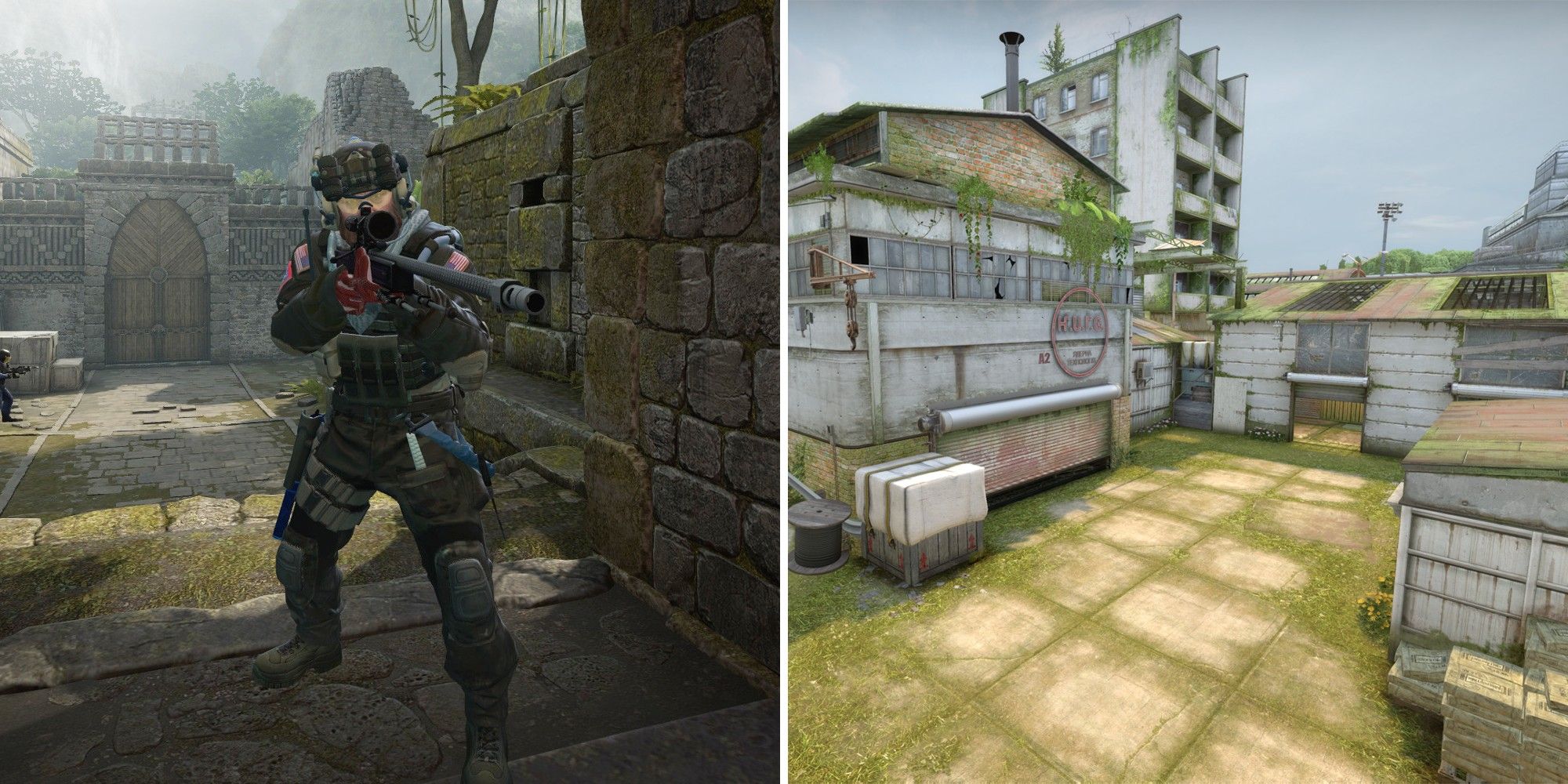Bully Tee Blog
Your go-to source for everything related to bullies and tee culture.
Cache Conundrum: Outsmarting the Map Like a Pro
Unlock the secrets of caching! Master map strategies and elevate your skills with our pro tips in Cache Conundrum. Join the adventure now!
Mastering Cache Strategies: Tips for Efficient Map Navigation
Mastering cache strategies is essential for efficient map navigation. By utilizing effective caching techniques, you can significantly reduce loading times and improve user experience. One key strategy is to implement local caching on mobile devices. When a user interacts with a map, caching essential data such as map tiles, user markers, and stored routes can enhance performance. This ensures that returning users experience fast load times without having to retrieve data from the server every time. Moreover, consider employing a versioning system for your cached files to streamline updates and avoid potential discrepancies in user experience.
In addition to local caching, leveraging distributed caching across your servers can optimize access to frequently requested data. By using cache systems like Redis or Memcached, you can store pre-fetched data points which can be accessed instantly during navigation sessions. Here are some best practices to follow for effective caching in map navigation:
- Prioritize frequently used data: Identify which data users access most often and ensure it's cached.
- Implement cache expiration policies: Set a time limit for cached data to refresh, maintaining accuracy without sacrificing speed.
- Test and monitor: Regularly evaluate the performance of your caching strategies to ensure they meet evolving user needs.

Counter-Strike is a highly popular tactical first-person shooter that has captivated gamers worldwide. Players engage in intense battles, often participating in missions such as bomb defusal or hostage rescue. If you're looking to enhance your experience, check out clash.gg case opening for exciting loot opportunities within the game.
The Ultimate Guide to Decoding Map Caches: Top Techniques Unveiled
Decoding map caches can be a daunting task for many, but understanding the underlying techniques can make this process significantly easier. In this ultimate guide, we will unveil effective strategies and tips that will enhance your map caching skills. First, it's essential to grasp the concept of cache layers. By analyzing different layers, you can identify how data is stored and retrieve it efficiently. Here are the top techniques to consider:
- Prioritize Layered Access: Understand how each layer contributes to the overall map structure.
- Utilize Tools: Implement advanced mapping tools that facilitate cache management.
- Optimize Queries: Tailor your database queries for faster retrieval and minimal latency.
Once you've implemented the basic techniques, it’s time to expand your skill set. Data compression is an incredibly useful method that not only saves space but also enhances retrieval speed. Additionally, consider manual cache invalidation, which allows you to refresh cache content actively, ensuring that users receive the most up-to-date information. As you dive deeper into decoding map caches, remember the following:
Regularly Assess Performance: Continuously monitor and tweak your cache performance for optimal results.
By mastering these techniques, you will not only improve your mapping capabilities but also enhance the user experience for anyone navigating through your content.
How Do Caches Impact Map Performance? Exploring Optimization Techniques
When it comes to map performance, caches play a critical role in ensuring that data retrieval is swift and efficient. Caches temporarily store frequently accessed data, significantly reducing the time it takes for an application to fetch maps and related information. By minimizing the need for repetitive data requests to the server, caching can boost loading speeds and provide users with a more seamless experience. While implementing caches can vary based on the type of map service used, understanding how to leverage caching strategies effectively is essential for optimizing overall performance.
To enhance map performance through caching, consider employing several optimization techniques. For instance, utilizing client-side caching allows frequently used map tiles to be stored directly in the user's browser. Additionally, implementing a Content Delivery Network (CDN) can further improve access speeds by distributing cache data across multiple geographical locations. Finally, regularly purging outdated cache data ensures that users always receive the most current map information without sacrificing performance. Employing these strategies can lead to a significant improvement in both the speed and accuracy of map rendering.